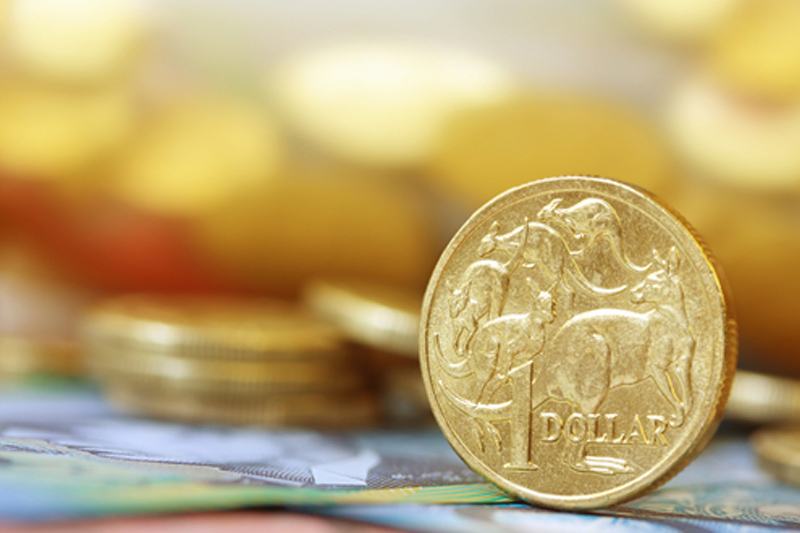By Wayne Cole and Charlotte Greenfield
SYDNEY/WELLINGTON, Dec 18 (Reuters) - The Australian and New Zealand dollars sailed into choppy seas on Tuesday as sellers swamped Asian equity markets, but their U.S. counterpart faced uncertainty of its own over interest rates.
As a result the Aussie AUD=D3 was actually a shade firmer on the U.S. dollar at $0.7189, but lost ground on the safe-haven yen to 80.83 AUDJPY= .
The U.S. currency has been undermined by speculation the Federal Reserve will use a policy meeting on Wednesday to signal that further hikes in rates will be conditional on economic fortunes. is also a chance President Donald Trump could force a partial shutdown of the U.S. government on Friday if Congress does not approve funding for his proposed U.S.-Mexico border wall. believe the risk is the U.S. dollar ends the week lower if the short-term funding bill is not approved and if the Fed changes its forward guidance from expecting "further gradual increases" to describing the Fed funds rate as "close to neutral"," said CBA currency strategist Richard Grace.
At home, the Reserve Bank of Australia (RBA) reiterated that the next move in rates was likely to be upward but there was no strong case for a move anytime soon given downside risks to consumption and the housing market. sentiment in these minutes is somewhat less confident about the economy," said Westpac chief economist Bill Evans.
"Taking into account the attention given to the credit, housing, consumer and external risks, these minutes should be interpreted more 'dovishly'," he argued.
The debt market seemed to agree, with three-year bond futures YTTc1 up 4 ticks at 98.105 after hitting its highest since November last year. It was now within a whisker of major resistance at 98.110 and a break would be technically bullish.
Yields on the cash 10-year bond AU10YT=RR were near their lowest since June 2017 at 2.419 percent, having fallen over 40 basis points in the past month or so.
Over in New Zealand, the kiwi NZD=D3 firmed to $0.6845, buoyed in part by improved business confidence data.
An ANZ bank survey showed that firms turned a lot less pessimistic on the economy in December, while becoming more upbeat on their own prospects. next major risk for the kiwi was an auction for dairy, New Zealand's main goods export. Futures markets suggested prices for whole milk powder, the most widely traded product, would increase 3 percent, though global supply has been outpacing demand in recent months.
New Zealand government bonds 0#NZTSY= gained, sending yields 2.5 basis points lower along most of the curve. (Editing by Shri Navaratnam)
